Tales of female martyrs of the July uprising
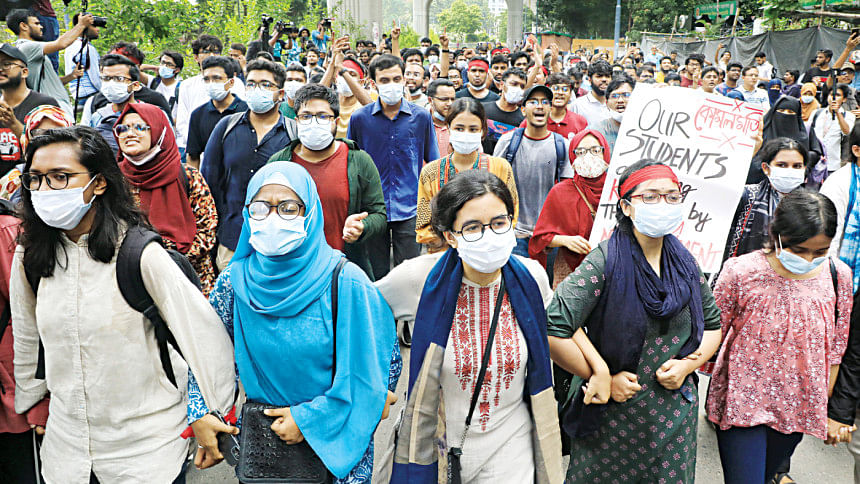
Women played a significant role in the July uprising. In the past decade, no other movement saw such a spontaneous presence of women on the streets. From actively participating in protests to strategising and coordinating activities, women contributed at every level. They not only led and organised the student movement but also provided support in various ways—medical professionals treated the wounded, while working mothers and homemakers supplied water to protesters on the streets. A report from the Ministry of Women and Children Affairs in December last year mentioned 11 female martyrs. Yesterday, we told the stories of five of them. We are telling the stories of five more today.
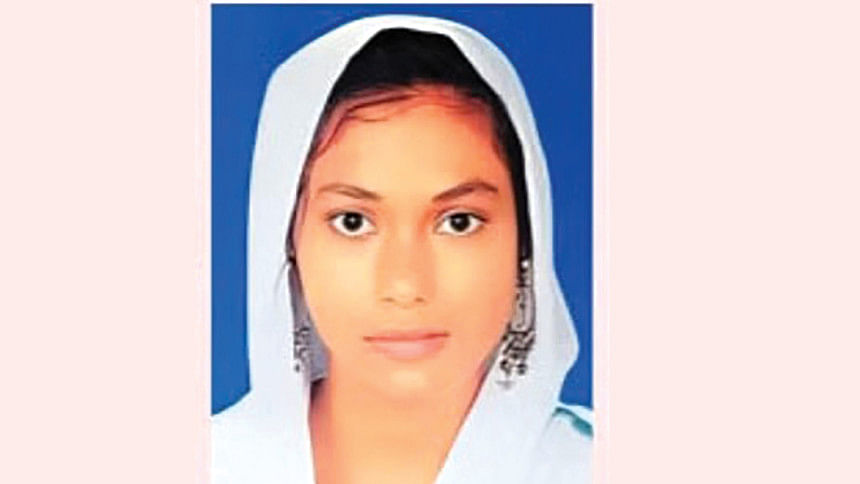
Rita Akhter
Rita Akhter was only 17 years old. She wanted to become a doctor and lift her impoverished parents out of hardship.
Her family lived in Talkhur village, under the Punit Union of Kalai Upazila in Joypurhat. Her father, Ashraf Ali, was a rickshaw puller; her mother, Rehena Bibi, was a homemaker. Rita was the middle child among three siblings. Her elder brother had not studied much and now worked as a day labourer. Her younger brother had just completed primary school. Rita was the family's sole hope for a better future.
Determined to give their daughter a chance, her parents did everything within their means. Her mother worked as a domestic help, using her meagre earnings to cover Rita's education expenses.
After Rita passed her secondary exams, her father moved the family to Dhaka so she could attend a good urban college. She was admitted to the science department at Mirpur Duaripara Government College. To make things easier for her, her father rented a small, low-cost home in Mirpur-2, H Block, near the college. He continued pulling rickshaws in Mirpur, while her mother worked in nearby houses.
On the morning of August 5, her father left for work with his rickshaw, and her mother went to her job. Around 11 AM, Rita slipped out of the house to join the March to Dhaka protest.
When her mother returned home at noon, she found the house empty. Frantic, she began searching for her daughter. After looking everywhere in the neighbourhood and finding no trace of Rita, she started checking hospital morgues.
She ran from one medical college to another, desperately searching for her daughter. Finally, after 10:00pm, at the morgue of Suhrawardy Medical College Hospital, she found Rita's body.
Eyewitnesses later told the family that a bullet had entered one side of Rita's head and exited the other.
She was buried in a local graveyard in her village.
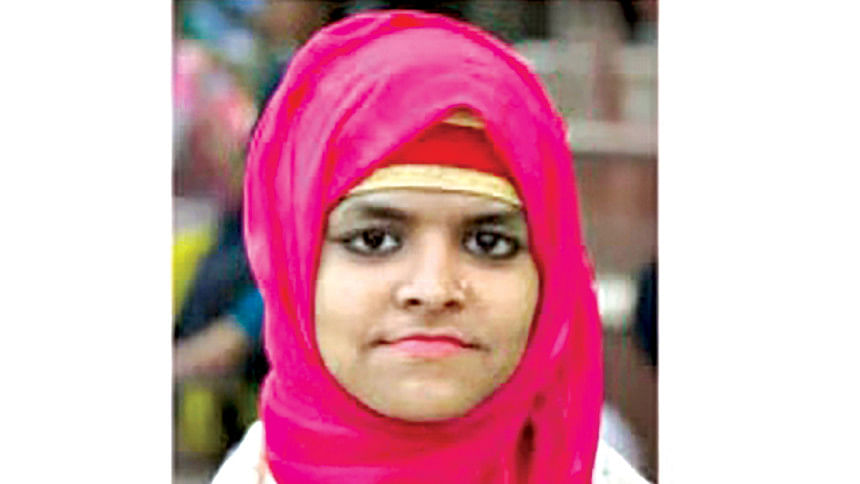
Mosammat Liza
Mosammat Liza, 18, came to Dhaka six years ago due to financial hardship, through her elder brother Mohammad Rakib. She started working as a domestic help in Shantinagar while also attending an all-female madrasa nearby to study Arabic.
The apartment where Liza worked was a 14-story building, and she lived on the seventh floor. On July 18, 2024, clashes erupted in the afternoon between protesters and law enforcement, along with members of Chhatra League and Jubo League. Hearing loud noises, Liza stepped onto the balcony to see what was happening. A bullet struck her head, and she collapsed instantly.
Household members quickly carried her to a nearby hospital. Her brother tried to reach Dhaka hearing the news, but was stopped at multiple checkpoints. After much difficulty, he reached Shantinagar on July 20, travelling partly by rickshaw and partly on foot. After a surgery the next day at Popular Hospital, she passed away on July 22.
Liza was the fourth among five sisters and two brothers. In her final days, her brother often spoke to her, trying to convince her to return home. "You're grown up now. Father and mother are looking for a groom for you. Come back home, sister."
In their last conversation, Liza had said, "Just three more months. By then, I'll become a Hafiza. Then I'll go home for good."
She did, but as a corpse. She now lies buried in the family graveyard in Deulashibpur village in Bhola.
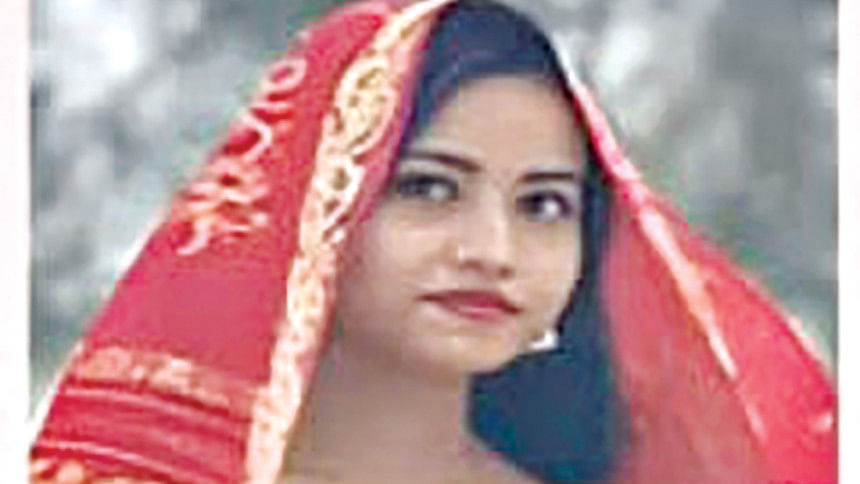
Nasima Akhter
Nasima Akhter was 24 years old. In July, she had come to visit her elder brother's home in Dhanmondi, Dhaka. The Science Lab intersection had become a hotspot during the student-led uprising, with daily clashes.
On July 18, her nephews, who were actively participating in the protests, were injured and stayed home the next day. On July 19, the entire household remained indoors. With the internet shut down, they spent time peeking through windows or going up to the rooftop to observe the streets outside.
That afternoon, they repeatedly heard the loud noise of helicopters flying overhead. Tear gas and rubber bullets were being fired from helicopters at protestors across different parts of Dhaka. In the evening, when the situation seemed to have calmed down a bit, Nasima went to the rooftop with her nephew to see what was happening outside.
Within minutes, they came under fire. A bullet struck her nephew and then hit Nasima. She collapsed face down.
Inside the house, there was chaos. Rehana Akhter, Nasima's sister-in-law, was beside herself with panic—one moment she was tending to her wounded son, and the next, she was hearing that her sister-in-law had been shot on the rooftop. They rushed both of them to hospital. The two were admitted to the ICU. The son survived, but Nasima passed away the next day.
The following day, her body was taken to Maijdee, Noakhali. She was buried in the family graveyard.
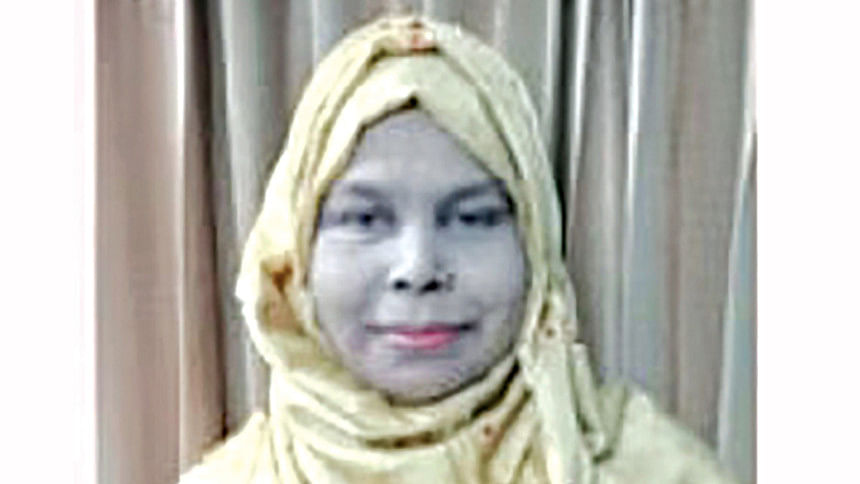
Maya Islam
July 19, 2024. After lunch, little Musa, just seven years old, begged his father for ice cream. His father said, "I'm heading out now. Come with me, get your ice cream, and then go back home."
They lived in a rented apartment in Rampura's Banasree area. Musa held his father's hand as they went downstairs. His grandmother, Maya Islam, 60, followed them to bring him back home after he got his ice cream.
Just as they were returning a bullet struck Musa's head. The same bullet passed through his skull and hit his grandmother in the lower abdomen.
Wounded, Maya tried to climb back up to the second floor but collapsed unconscious on the stairs. Neighbours rushed in and carried both of them to a nearby hospital in Banasree.
While her grandson was still fighting for his life in the hospital, Maya died the next day at Dhaka Medical College Hospital. She was buried in her ancestral home in Mirzapur, Tangail.
Musa survived, but is still under treatment in Singapore.
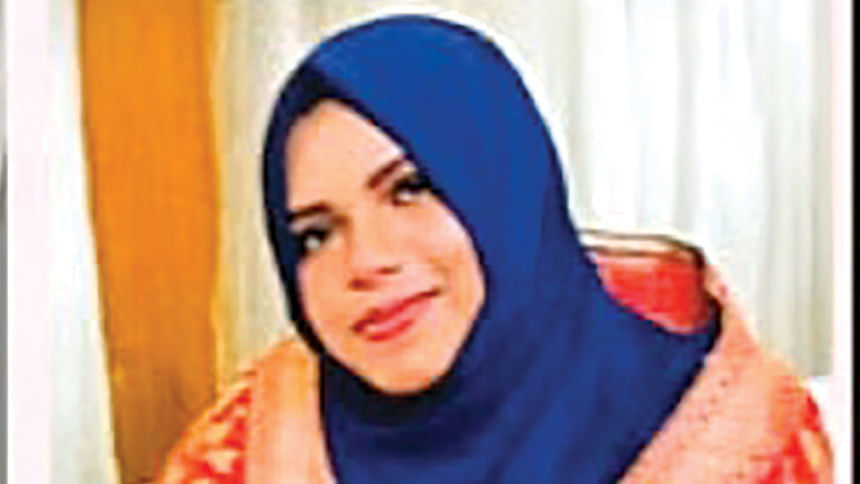
Meherun Nessa Tanha
Meherun Nessa Tanha, 22, was a third-year honours student at Hazrat Shah Ali Women's College in Mirpur. Her father, Mosharraf Hossain, was a driver, and her mother, Asma Akter, a homemaker. Alongside her studies, Meherun worked part-time to support herself. Their family lived in Mirpur.
Initially, Meherun was not deeply involved in street protests. But on July 19, her cousin Rabbi joined a demonstration on Mirpur Mazar Road after Jumu'ah prayers. During the protest, police shot and killed him. Rabbi's body was also withheld at the medical morgue, with the family facing unnecessary hurdles before they were allowed to take it three days later.
Furious over her cousin's killing, Meherun and her younger brother Tarif took to the streets, demanding justice. She held up a placard that read, "I will not let my brother's blood go in vain."
Her father recalled, "We could not keep them inside the house no matter how hard we tried. They would say, 'Our brother is a martyr. We cannot just sit at home. We must go out and demand justice for his killing.'"
On August 5, after Sheikh Hasina fled, people across the country took to the streets in celebration. Meherun and her younger brother also joined the jubilant rallies. After attending the festivities near the Ganabhaban and the Jatiya Sangsad, Meherun started heading home around 7:30pm, while her brother remained outside.
As she reached Notun Bazar in Mirpur 13, she found herself near ongoing clashes between students, the public, and the police. She managed to slip past the violence and get inside her home safely. Once in her room, she called her brother to warn him about the unrest, advising him to take a different route home.
But as she stood near the window, a bullet struck her. She collapsed instantly.
She was rushed to the nearest hospital, where doctors pronounced her dead. That night, around 11:00pm, Meherun was laid to rest at the Purbabaistake graveyard in Mirpur.

 For all latest news, follow The Daily Star's Google News channel.
For all latest news, follow The Daily Star's Google News channel. 



Comments